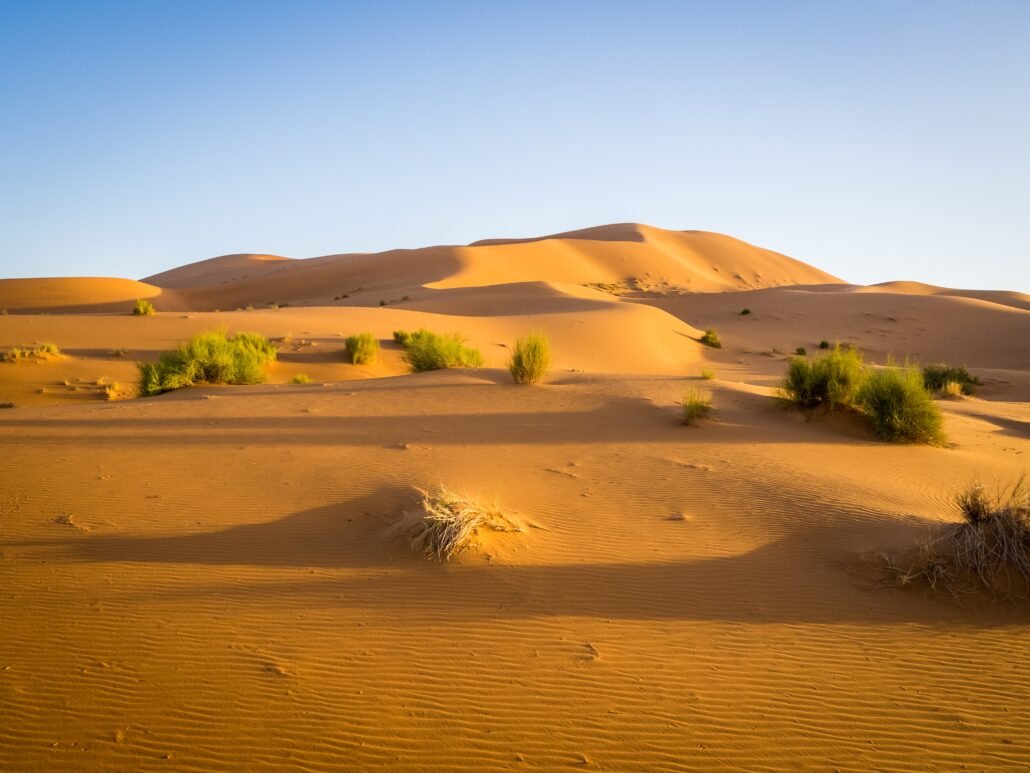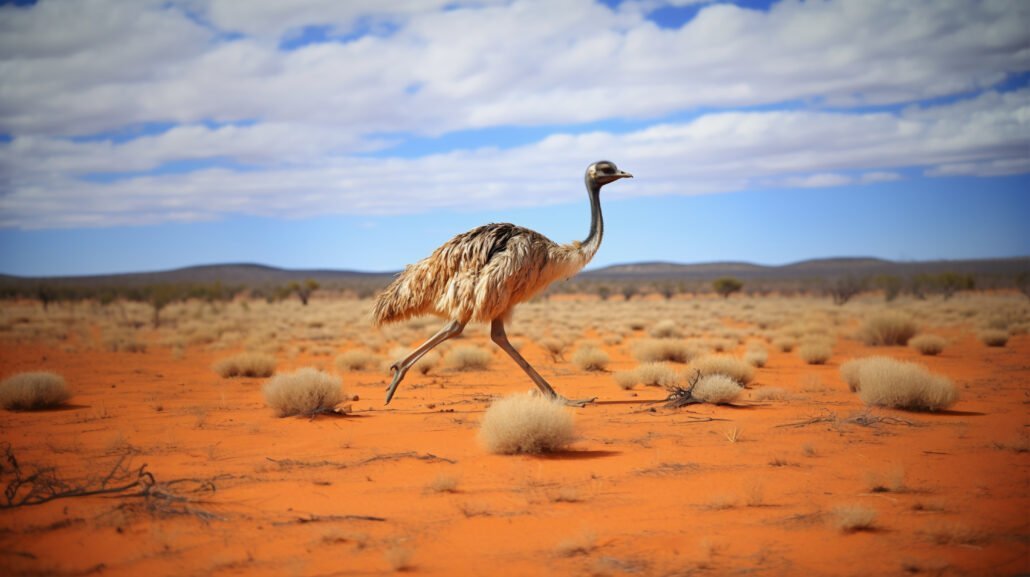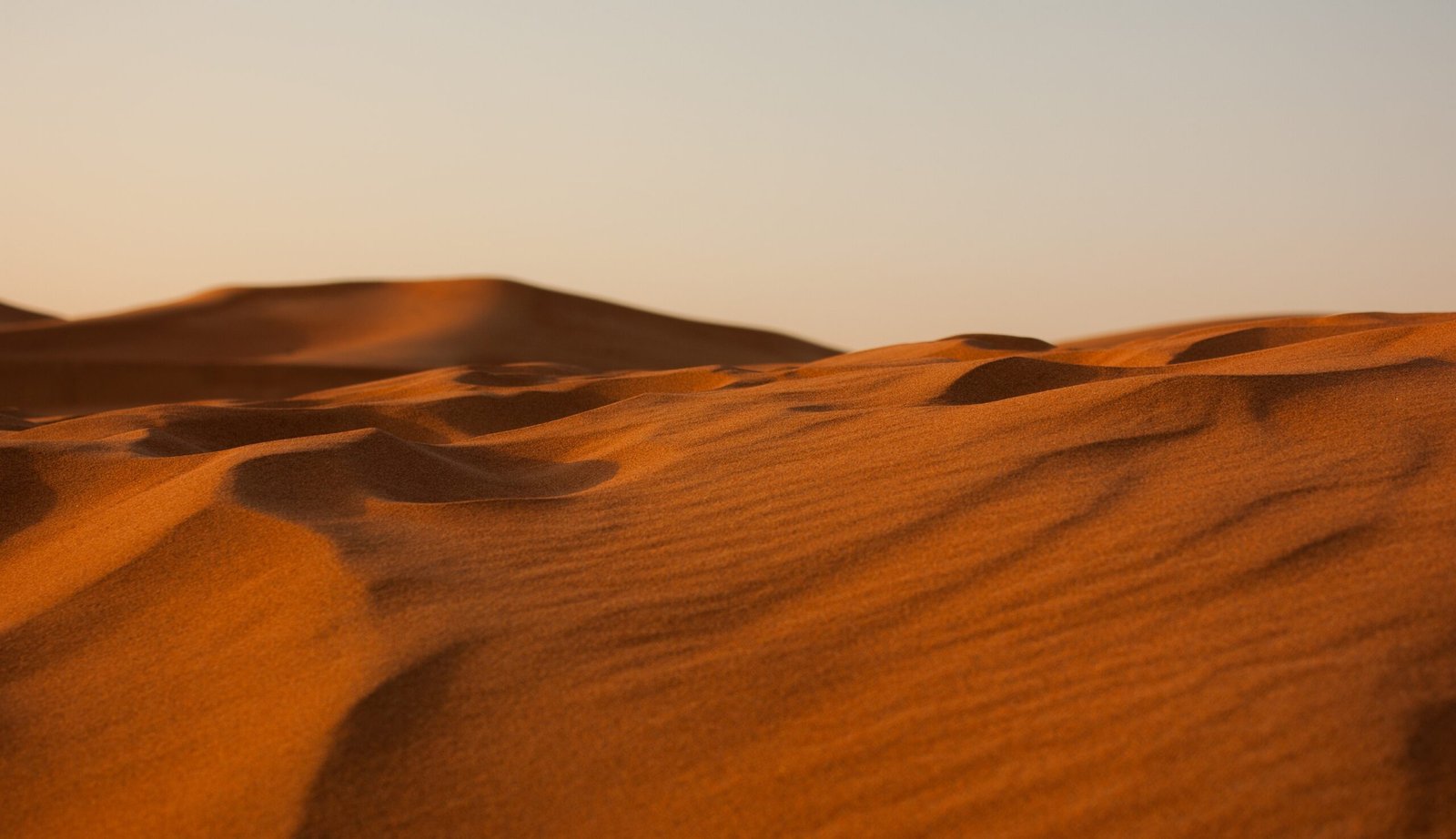Have you ever imagined exploring one of the most mysterious and fascinating places on Earth?
The Sahara Desert, located on the African continent, is a destination that ignites curiosity and adventure in the hearts of the most daring travelers.
With its vast expanse, breathtaking landscapes, and rich culture, an adventure in the Sahara Desert promises to be an unforgettable experience.
Why choose the Sahara Desert?

When it comes to adventure, the Sahara Desert is one of the destinations that immediately comes to mind.
With its more than 9 million square kilometers, it is the largest desert in the world, offering an immense expanse of natural beauty, diverse ecosystems, and a unique culture.
The Sahara captivates travelers from all over the world with its golden dunes, the perfect setting for those seeking excitement, challenge, and a deep connection with nature and human history.
Importance of preparing for the adventure
Before embarking on an adventure in the Sahara Desert, careful preparation is essential. The Sahara is a challenging and hostile environment, with extreme temperatures and limited infrastructure.
Additionally, it’s important to understand the local culture, respect traditions, and be aware of the challenges that may arise during the trip.
Therefore, it’s crucial to plan ahead, acquire the right equipment, and obtain the necessary documentation to ensure a safe experience and make the most of everything the desert has to offer.
The Stunning Sahara: Geography and specific features
The Sahara Desert is located in northern Africa and spans more than 9 million square kilometers, covering 10 countries, including Algeria, Egypt, Libya, Mali, Mauritania, Morocco, Niger, Sudan, Tunisia, and Chad.
This area makes the Sahara the largest desert in the world, with varied landscapes ranging from stretches of sand dunes to rocky plateaus and towering mountains.
Sahara Climate: The greatest temperature variations and their peculiarities
The Sahara is known for its extreme temperatures, with the most significant daily temperature swings recorded anywhere in the world.
During the day, temperatures can rise above 50°C, while at night, they can drop below 0°C. These fluctuations occur due to the lack of moisture and vegetation, allowing the sun’s heat to be absorbed and released quickly.
The lack of rainfall also contributes to the desert’s arid climate. It’s important to be prepared for these extreme temperature variations when planning an adventure in the Sahara.
Landscapes and ecosystems typical of the Sahara
Despite its reputation as a barren and desolate environment, the Sahara boasts an impressive variety of landscapes and ecosystems. In addition to the famous sand dunes, the desert is home to rocky plateaus, fertile valleys, oases, and even mountain ranges like the Atlas Mountains.
Each region of the Sahara has its own unique features, offering a one-of-a-kind experience for adventurers who explore this vast land.
The desert’s flora and fauna are also surprising, with species adapted to extreme desert conditions, such as camels, gazelles, and resilient plants.
Sahara’s fauna: Adaptability and resilience

The fauna of the Sahara Desert is a testament to the incredible adaptability and resilience of life in extreme conditions.
Animals like the camel, known as the “ship of the desert,” are perfectly adapted to survive long periods without water, while small nocturnal creatures like the fennec (a type of fox) only come out at night to avoid the daytime heat.
Additionally, species of snakes, lizards, and insects thrive in this hostile environment, showcasing the remarkable biological diversity of the desert.
Culture in the Sahara Desert: People and traditions
The Sahara Desert is also home to a rich cultural tapestry. Several nomadic and semi-nomadic peoples, such as the Tuareg and Berbers, have inhabited the Sahara for centuries, maintaining traditions and ways of life that have adapted to the desert environment.
These groups are known for their hospitality, knowledge of desert navigation, and the production of distinctive handicrafts like jewelry and textiles.
Traveling through the Sahara allows visitors to experience these vibrant cultures and understand how these people have survived and thrived in one of the most challenging environments on Earth.
Unmissable experiences in the Sahara Desert
Exploring the Sahara Desert offers a multitude of unforgettable experiences. One of the most popular is crossing the desert in camel caravans, a traditional way of traveling through the desert. For adventurers, climbing the towering sand dunes, such as those of Erg Chebbi in Morocco, offers a spectacular view and a physical challenge.
The sunset in the Sahara is another must-see, with the sky’s colors reflecting off the golden dunes, creating a breathtaking scene.
And for those seeking a deeper connection with nature, camping under the stars in the desert is a magical experience.
Sustainability in the Sahara Desert: Challenges and Initiatives
Despite its vast expanse and seemingly inhospitable nature, the Sahara Desert faces environmental issues such as desertification caused by climate change and unsustainable practices.
Local communities, international organizations, and governments have been working on initiatives to combat these problems, promoting sustainable agricultural practices and reforestation in desert-bordering areas.
Solar energy projects are also expanding, using the intense Sahara sunlight as a renewable and clean energy source, contributing to the region’s sustainable development.
The eternal allure of the Sahara Desert
The Sahara Desert continues to capture the imagination of adventurers, scientists, and tourists from around the world. Its stark beauty, ecological diversity, and cultural richness make it one of the most extraordinary places on the planet.
Exploring the Sahara, both physically and intellectually, offers a deeper understanding of the adaptability of life and the environmental challenges faced by one of Earth’s most extreme regions.
The Sahara is not just a desert; it is a testament to resilience and a symbol of how humanity and nature can coexist, even in the most adverse places.

